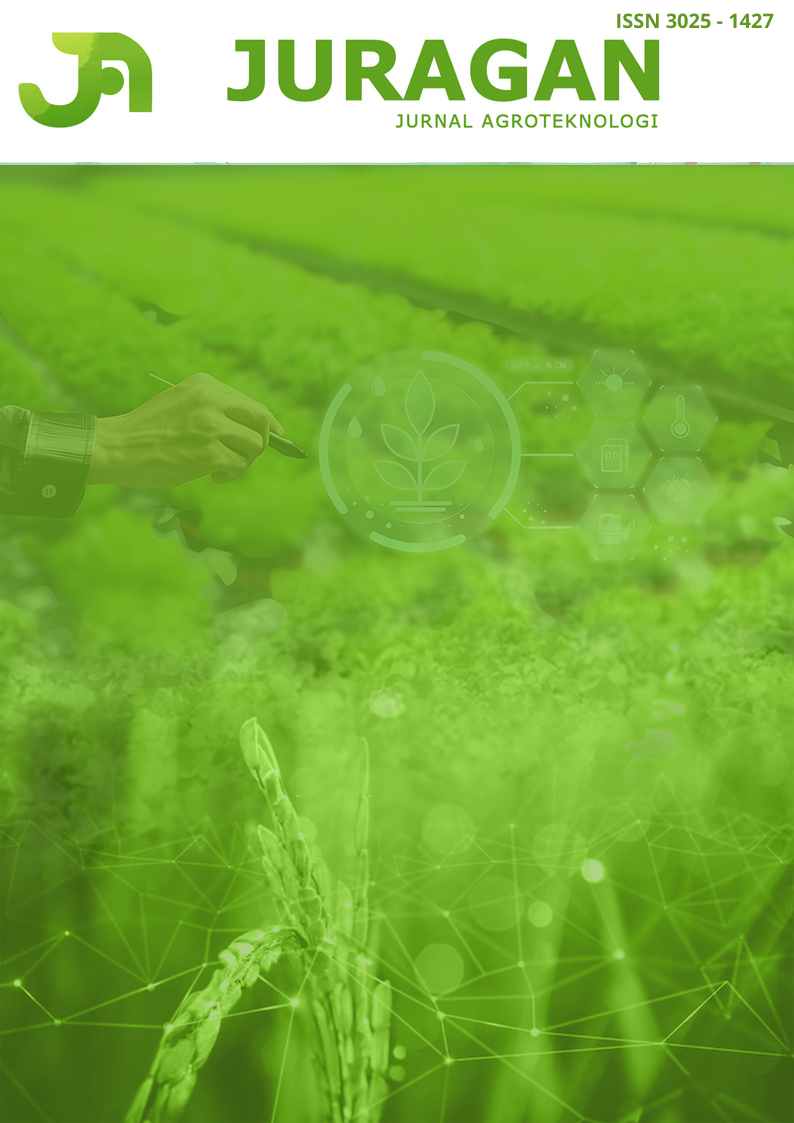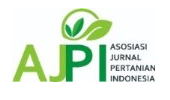The Effect Of Shypon, French Press And Moka Pot Brewing On Robusta And Arabica Coffee
DOI:
https://doi.org/10.58794/juragan.v3i1.1217Keywords:
Robusta, arabica, coffee brewing methodsAbstract
Coffee (Coffea sp.) is one of the plantation commodities that plays an important role in the Indonesian economy. Coffee has antioxidant components in both green coffee and roasted coffee. Green coffee has higher antioxidants than roasted coffee. In general, coffee bean processing consists of three stages, namely the roasting process, the grinding process, and the brewing process. The brewing process is the process of extracting coffee with hot water. According to Lingle, in general there are three processes that occur during brewing, namely wetting, extraction and hydrolysis. Critical factors that need to be considered in choosing a brewing technique are the length of time the water is in direct contact with the ground coffee, the temperature of the water used, and the type of pressure for brewing coffee. Some of the most commonly used brewing techniques include the siphon, french press, tubruk and drip brewing techniques. The purpose of this study was to determine the organoleptic test of the differences in coffee brewing based on Arabica coffee and Robusta coffee using the shipon set, French press, and moka pot. Based on the research results, it is stated that Robusta coffee is better using the shipon brewing method because it can affect the color, clarity, taste and aftertaste.
References
Karimah Tauhid, Volume 3Nomor 8(2024), e-ISSN 2963-590X| Qisthina et al.9041Kurniawan, M.F. (2017). Kajian metabolomik peranan fenolik dan melanoidin terhadap aktivitas antioksidan ekstrak kopi robusta dan arabika asal indonesia. (Tesis, IPB, Bogor). https://repository.ipb.ac.id/handle/123456789/85439.
Kurniawan, M. F., Andarwulan, N., Wulandari, N., & Rafi, M (2017). Metabolomic Approach for Understanding Phenolic Compounds and Melanoidin Roles on Antioxidant Activity of Indonesia Robusta and Arabica Coffee Extracts. Food Science andBiotechnology.26, 1475–1480. https://doi.org/10.1007/s10068-017-0228-6
Kinasih, A., Winarsih, S. dan Saati, E. A. (2021) Karakteristik Sensori Kopi Arabica Dan Robusta Menggunakan Teknik Brewing Berbeda, Jurnal Teknologi Pangan dan Hasil Pertanian, 16(2), p. 12. doi: 10.26623/jtphp.v16i2.4545.
Ramadhan, R. L. Prihatiningtyas, R., & Maligan, J. M. (2022). Karakteristik Sensoris Wine Coffee dan Natural Coffee Arabika Ampelgading Jurnal Pangan dan Agroindustri, 10(4), 235-239. https://doi.org/10.21776/ub.jpa.2022.010.04.6
Rahardjo, P. (2012). Panduan Budidaya dan Pengolahan Kopi Arabika dan Robusta Jakarta: Penebar Swadaya.
Sunarharum, W. B. Williams, D. J., & Smyth, H. E. (2014). Complexity of Coffee Flavor: A Compositional and Sensory Perspective. Food research international, 62, 315-32 https://doi.org/10.1016/j.foodres 2014.02.030
Kiki Fibrianto, Maria Putri Agung Daya Ramanda., 2018. Perbedaan Ukuran Partikel dan Teknik Penyeduhan Kopi – Fibrianto, dkk Jurnal Pangan dan Agroindustri Vol.6 No.1:12-16.









